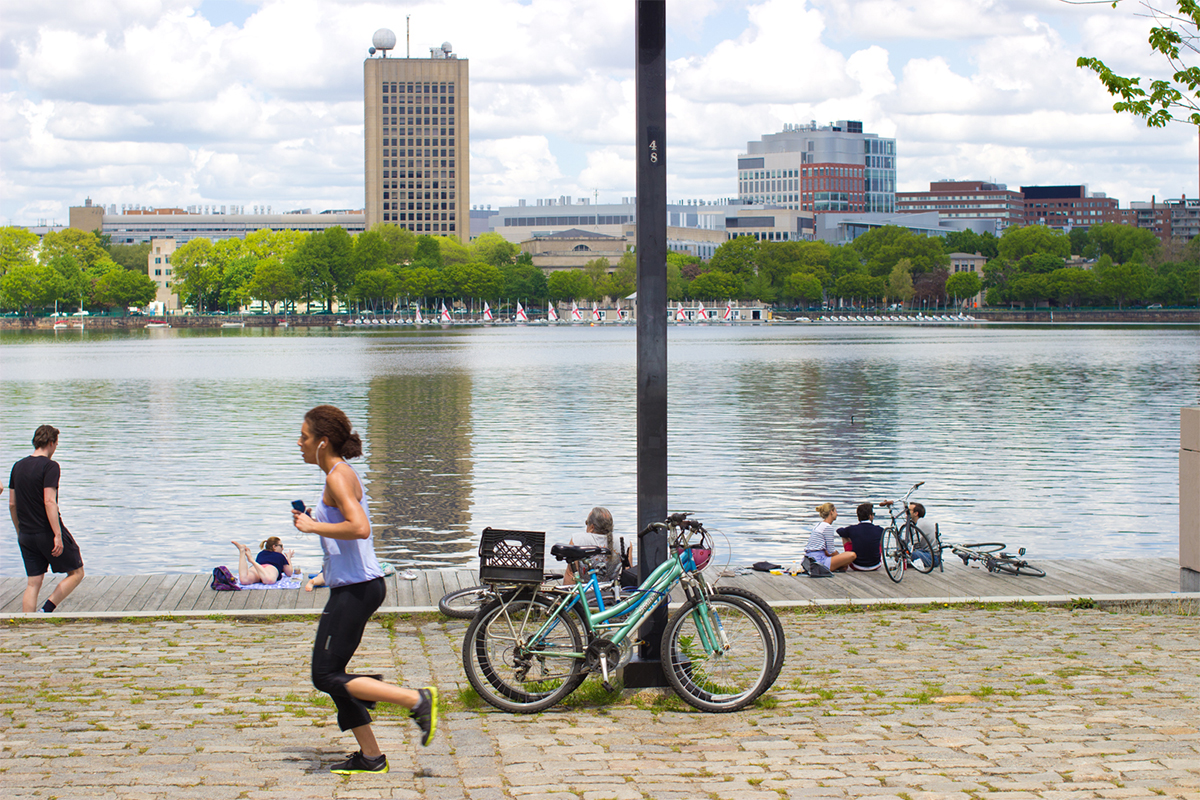Study: Loud Footsteps May Explain Your Running Injuries

Photo by Lisa Decotis
If you’re a runner, there’s a very good chance you’ve been injured before—as your bum knees and gnarly feet can attest. But have you ever felt like you’re sidelined more than other athletes, and wondered why?
Harvard Medical School and the National Running Center did. Building upon a 2012 Harvard study that suggested that heel-strikers are more likely to be injured than forefoot-strikers, researchers tracked about 250 heel-striking female runners who each logged more than 20 miles each week, in an effort to find ailment patterns. Over the course of the study, 144 reported some kind of injury.
At first, there seemed to be no pronounced differences between the 144 who were injured and the 105 who weren’t. It was when the researchers compared individuals at each end of the health spectrum—those who hurt themselves badly enough to need medical attention, and those who reported never being injured during their running tenure—that they began to reach some conclusions.
The biggest behavioral difference between those groups seemed to be something called “vertical average loading rate,” which essentially measures the speed of impact. Logically, those with a sudden, hard impact seemed to be more likely to hurt themselves than soft landers.
The runner’s weight and the overall force of impact didn’t seem to make a difference, the researchers found.
Differences in vertical average loading rate are fast—as little as 50 milliseconds—but they’re not imperceptible, even outside a lab environment. Those with loud footsteps are likely hard landers, while those who look like they’re gliding tend to land much more gently.
To help prevent injuries, the researchers recommend landing on the forefoot, and adjusting your stride if you notice that you’re landing forcefully. “If you land louder, it’s harder,” lead researcher Irene Davis said in a statement. “It’s work, but you can make your foot-strikes softer.”

